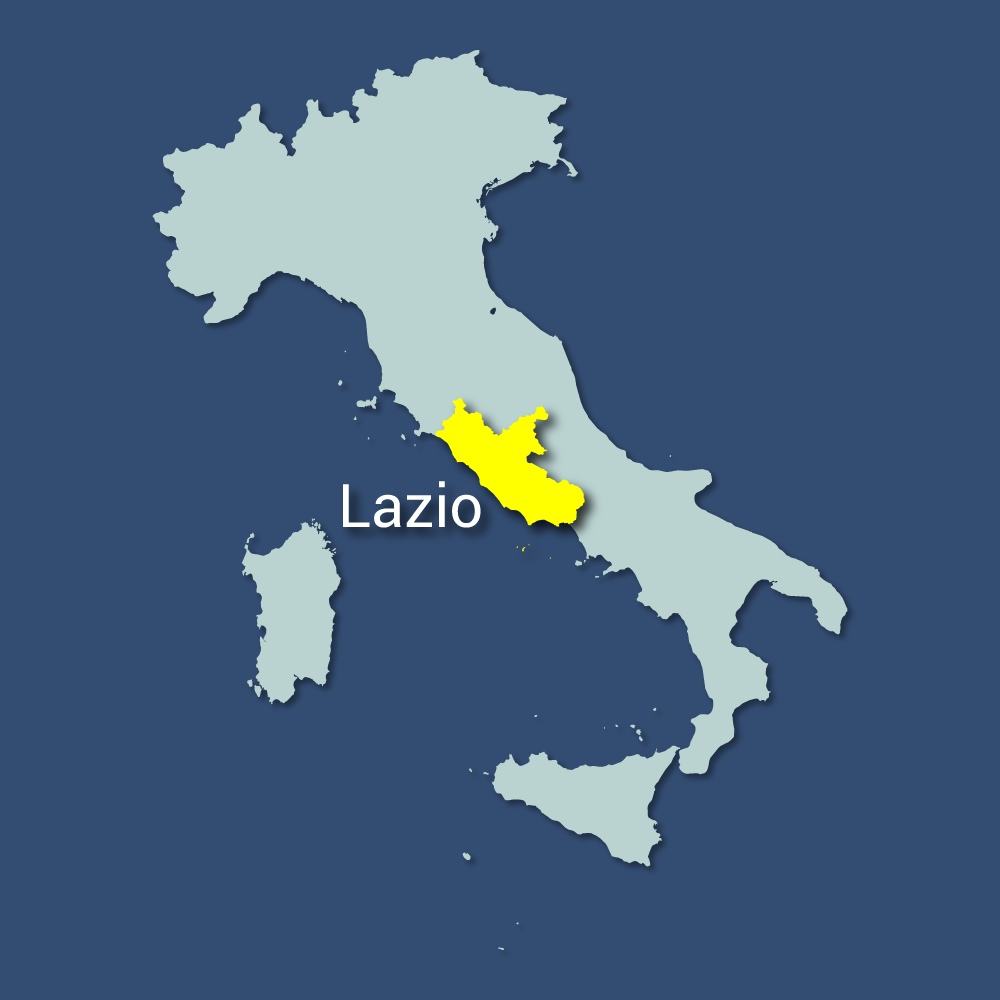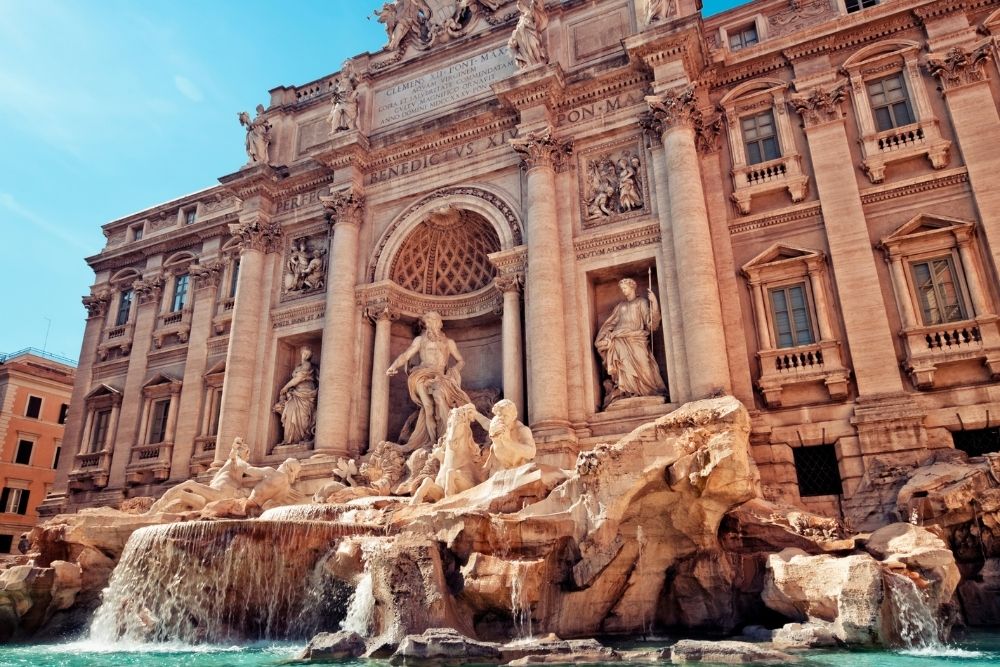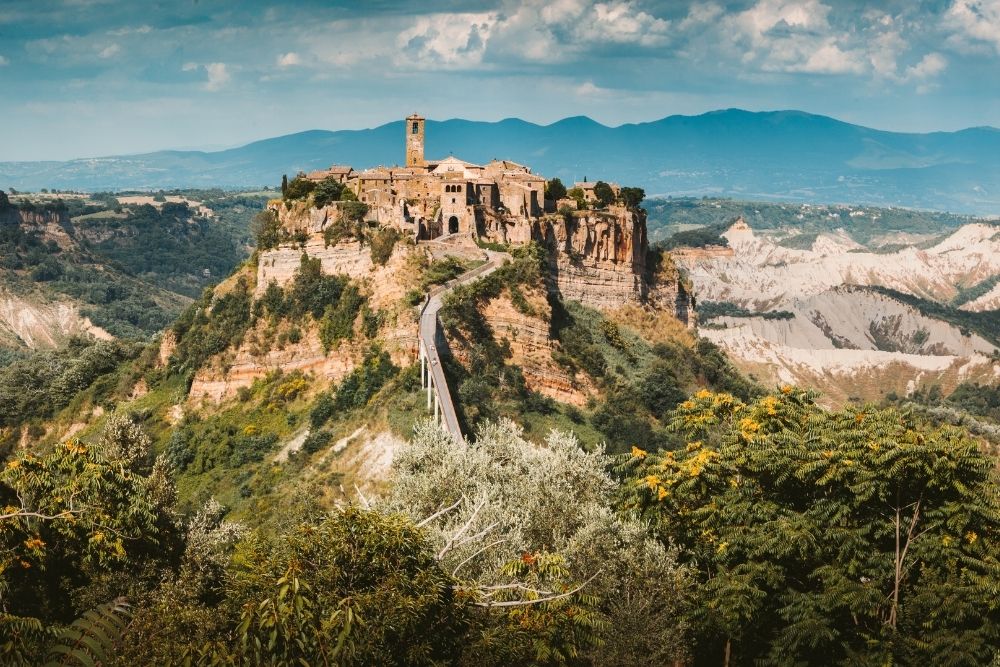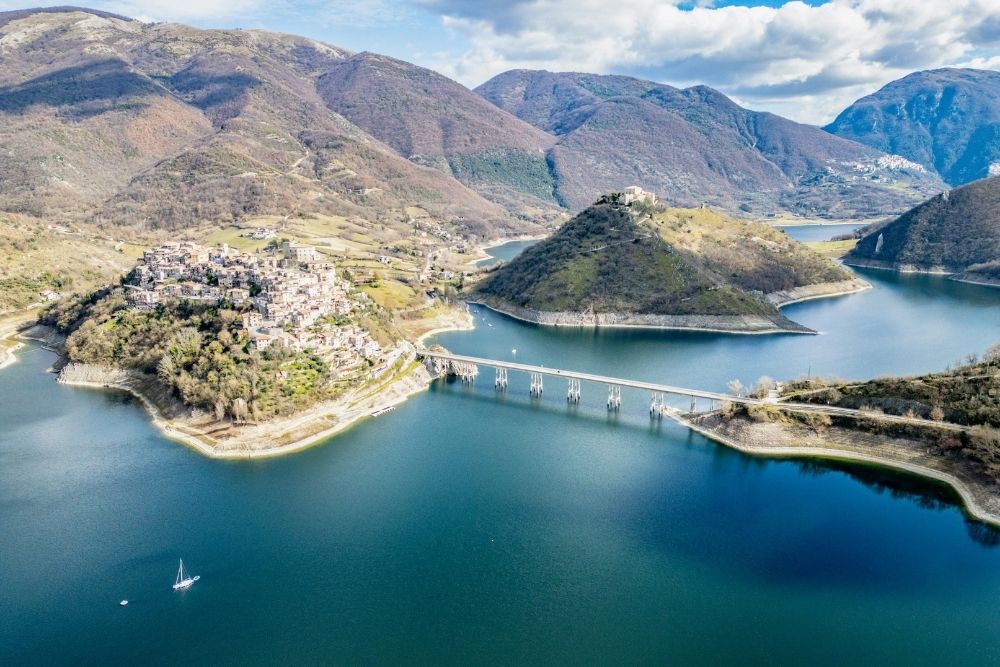
Latina
The city of Latina is one of Italy's most fascinating, with a dark side to its very short history.
In the early 1930s, under pressure to combat malaria plaguing Rome and the countryside, the Italian government's Department of Health came up with an idea called bonifica agraria (agricultural reclamation). The plan was to drain the swamps and rebuild the affected towns, then add preventative measures.
The government came up with a three-point plan. Firstly, an army would be recruited to drain the swamps. Homesteads would then be reconstructed at a higher altitude than previously. Finally, mosquitoes would be quashed and health services set up.
This is how Littoria, Lazio's capital and the former name of Latina, came into existence.
The town was built on the old Pontine Marshes, an area completely infested with malaria. In fact, malaria was so rife most people who visited even for one evening caught the infection. In 1930, backed by Benito Mussolini, the Fascist Prime Minister of Italy, the plan was underway. Men got to work clearing scrubland and building canals, dykes and pumping stations.
In 1932, Mussolini promised land to peasants and settlers in exchange for support with ongoing labour building the various bonifica agraria towns. Many were distributed to Littoria, where Mussolini had recently unveiled a welcome speech at the city's inauguration.
The speech was given at the Torre Littoria building, ex-Fascist party HQ, which still has an engraving quoting his words: "Peasants must look at this tower dominating the plains as a symbol of Fascist power, where they will find support and justice."
It's clear that even in the embryonic stages of this town, Mussolini was using it not only as a solution for the malaria epidemic but also as a propaganda tool.
Conditions for labourers were awful, with many quitting in disgust. In 1935, when the town was complete, the workers were immediately dismissed. However, Mussolini granted around 2,000 families accommodation and supplies. The settlers were also given some agricultural tools, a farmhouse, an oven and some cows. Thus, the town had its residents.
In 1946, the province of Littoria was renamed Latina. Several years earlier, the town had been awarded capital status. Italians then became curious about the town and started to visit.
Nowadays, Latina has a modern economy which thrives on pharmaceutical, chemical and cheese exports. The town's Fascist past is still perfectly preserved and indeed, you can still see the symbol of Fascism dotted around the town: the fasces, a logo depicting an axe bound in a bundle of wooden rods.
Tourists can visit the nearby Ponza, a beautiful archipelago island with crystal-clear waters. Closer to the town is the Piana delle Orme Museum, which features intriguing relics of World War Two and Itay's agricultural past. Birdwatchers can also take a break from urban life on the nearby Lago di Fogliano lake.
The best food in town is the local cuisine. Latina's seafood restaurants cook fresh salmon, tuna and prawns pulled in from the nearby Tyrrhenian Sea. To get a real taste for Latina, also try a charcuterie or cheese board with thin discs of salami or bricks of pecorino and marzolina.







